Technology
Blockchain Technology And How It Works

If you have been living anywhere but in Antartica or under the rock for the past year (and surprisingly surviving,) then you most definitely have heard of blockchain technology at least once in your life. An innovation so great and bizarre, sometimes described as the next greatest invention after the internet, blockchain technology broke the web when it surfaced at the beginning of the year.

What is blockchain?
There are several definitions one can give to blockchain as a term. The most popular ones being the following:
a) Don and Alex Tapscott, authors of Blockchain Revolution, describe blockchain as, “an incorruptible digital ledger of economic transactions that can be programmed to record not just financial transactions, but virtually everything else.”
b) Steve Wilson of ZD Net described it as, “an algorithm and distributed data structure for managing electronic cash without a central administrator among people who know nothing about one another. Originally designed for the crypto-currency Bitcoin, the blockchain architecture was driven by a radical rejection of at (government-guaranteed) money and bank controlled payments.”

Complex to the very core, the only thing that comes out clearly from these definitions is that blockchain basically consists of digital ledger technology, which lets transactions be broken into individual ones. In simple words, blockchain is like your very own personal ledger which cannot be broken or looked into! You know like when you have a diary that keeps being read by other people? The creators of blockchain made this technology what it is today because it is protected by a unique distributed network.
What is the unique distributed network?
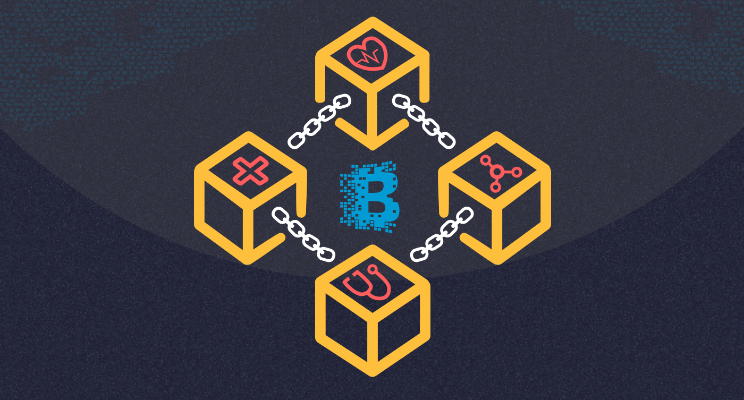
The creators of blockchain realised very early on that only having a strong sense of control was not enough to protect this new creation. They had to have backups (with backups for the backups) for when things go wrong, so that anonymity and information is not only protected, but secured as well.
Simply put, if you have digital money, you need a wallet. Unlike specific wallets like Paytm, blockchain technology is the publicly accessible digital wallet with unique individual identifiers. People who want to make transactions via blockchain need to send messages and in order to send these messages, the users need keys. To make sure no one else has access to these keys, the technology needs security, which comes in the form of cryptographic keys. These cryptographic keys are made by keygens, which use complex mathematical equations to ensure complete security. Thereby, through this process, blockchain is made extremely secure.
When I first heard the word blockchain, I did not really understand what it meant. There was so much ambiguity in the term for me that I had to do a lot of digging up and understanding! Hope this helped clear the air for you as well!
News
Google Launches Startup Hub in Hyderabad to Boost India’s Innovation Ecosystem
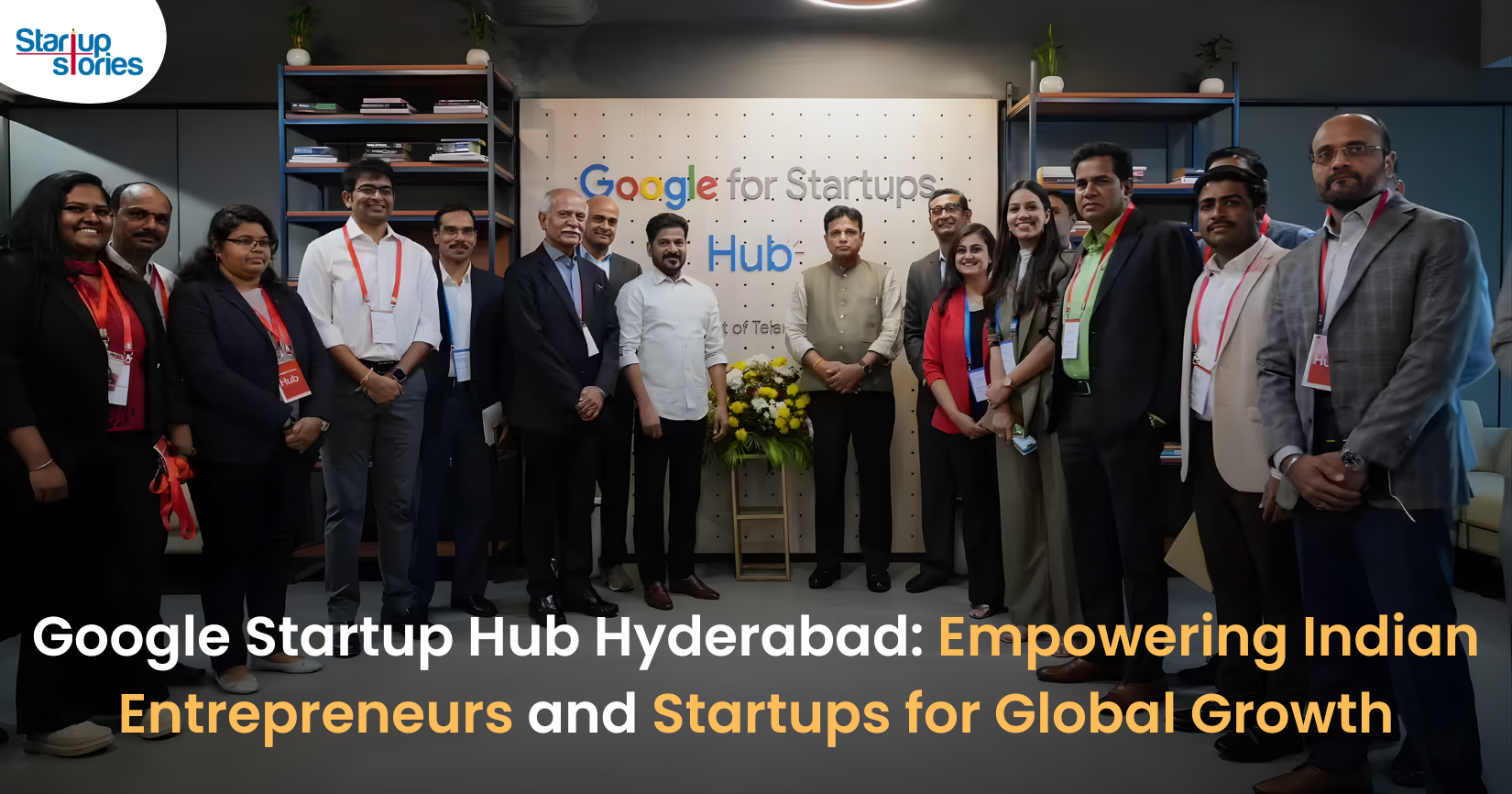
Google has launched the Google Startup Hub Hyderabad, a major step in strengthening India’s dynamic startup ecosystem. This new initiative aims to empower entrepreneurs, innovators, and developers by giving them access to Google’s global expertise, mentoring programs, and advanced cloud technology. The hub reflects Google’s mission to fuel India’s digital transformation and promote innovation through the Google for Startups program.
Located in the heart of one of India’s top tech cities, the Google Startup Hub in Hyderabad will host mentorship sessions, training workshops, and networking events designed for early-stage startups. Founders will receive Google Cloud credits, expert guidance in AI, product development, and business scaling, and opportunities to collaborate with Google’s global mentors and investors. This ecosystem aims to help Indian startups grow faster and compete globally.
With Hyderabad already home to tech giants like Google, Microsoft, and Amazon, the launch of the Google Startup Hub Hyderabad further cements the city’s position as a leading innovation and technology hub in India. Backed by a strong talent pool and robust infrastructure, this hub is set to become a growth engine for next-generation startups, driving innovation from India to global markets.
Technology
Jio Unveils Cloud PC Service to Bring Affordable Computing to Indian Households

- Jio Platforms has launched JioPC, a cloud-based virtual desktop service that transforms any television connected to a Jio Set Top Box into a fully functional computer.
- Users simply connect a keyboard and mouse to access a desktop-like environment, complete with web browsing, productivity tools, and educational apps—all without needing a physical PC or extra hardware.
- The service is device-agnostic and works with all consumer PC brands, making advanced computing accessible and affordable for millions across India.
JioPC is designed to support a wide range of activities, from professional work to online learning and creative projects. By leveraging Jio’s robust cloud infrastructure, users can run even compute-intensive AI applications directly from their TV screens. The platform also ensures data security and reliability, as all files and settings are safely stored in the cloud, protecting users from data loss even if their device is reset or replaced.
With JioPC, Jio aims to democratize digital access and bring high-performance computing to Indian households at a fraction of the traditional cost. The service supports popular productivity suites like LibreOffice and Microsoft Office online, and Jio is offering a free trial to encourage users to experience the benefits firsthand. This innovative move is set to reshape how people in India work, learn, and connect in the digital age.
Technology
WhatsApp Introduces Ads in Updates Tab, Keeps Chats Ad-Free
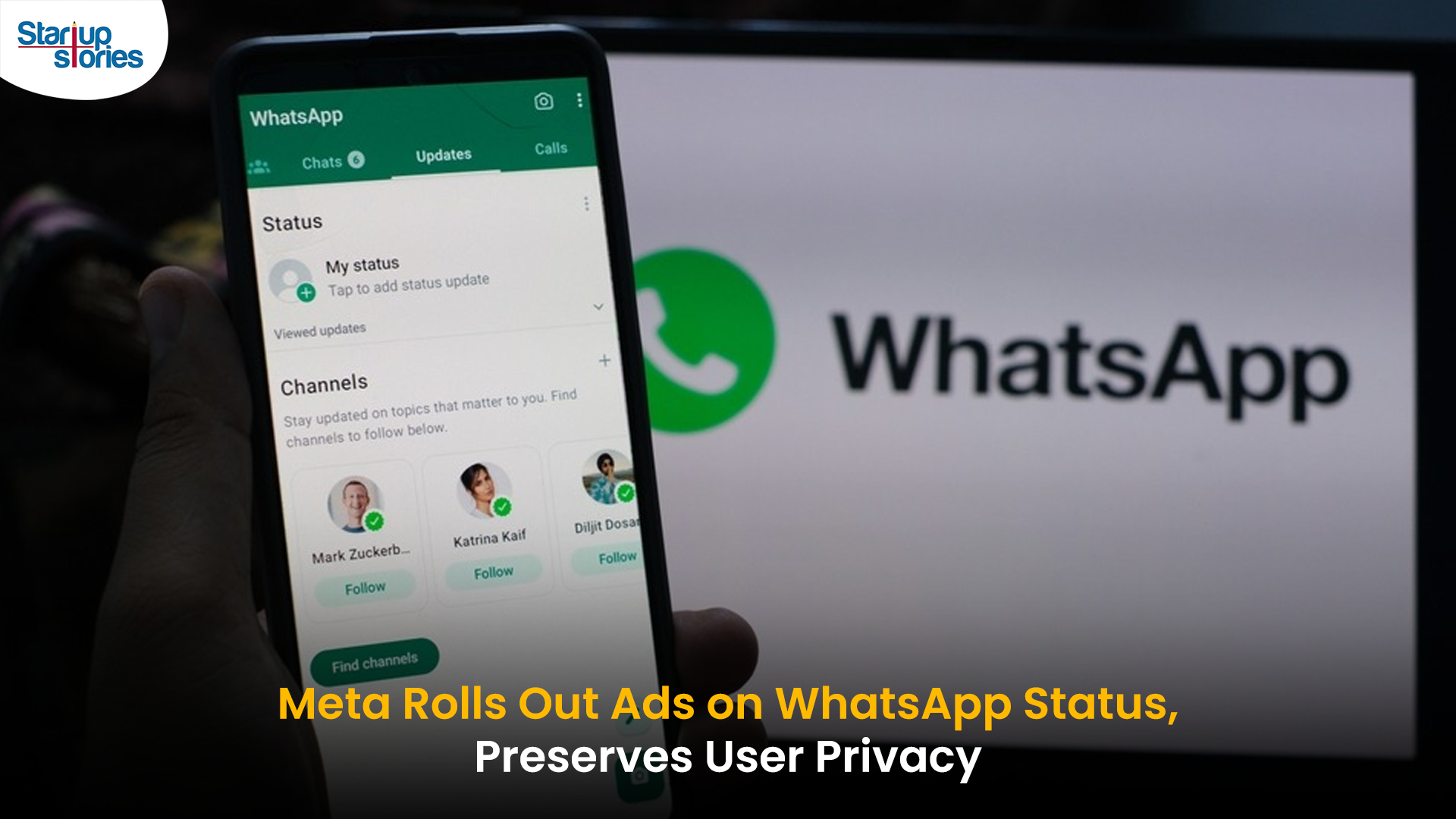
Meta has officially begun rolling out ads on WhatsApp, ending over a decade of an ad-free experience since its acquisition in 2014. The advertisements will appear only in the Updates tab, specifically within the Status feature, which lets users share photos, videos, and text updates that disappear after 24 hours—similar to Instagram Stories.
Where Ads Will Appear
- Ads will be visible exclusively in the Status section of the Updates tab, keeping personal and group chats ad-free.
- Businesses can use these ads to encourage users to interact via WhatsApp messaging.
- Meta is also introducing paid channel subscriptions and promoted channels within the Updates tab, allowing users to access premium content and discover new channels more easily.
Privacy and Targeting
Meta has emphasized that private messages, calls, and group chats will remain end-to-end encrypted and free from advertising. Ads will be personalized using limited, non-sensitive data such as location, language, followed channels, and ad interactions. Users can further manage ad preferences if they link WhatsApp to Meta’s Accounts Center.
User and Business Impact
The move marks a major shift for WhatsApp, which has long resisted advertising to preserve a clean messaging experience. While some users have criticized the change, Meta sees this as a significant opportunity to monetize WhatsApp’s 3 billion users and over 200 million businesses on the platform.
In summary, WhatsApp’s new ads will be confined to the Updates tab, ensuring personal messaging remains private and uninterrupted, while opening new monetization avenues for Meta and businesses.




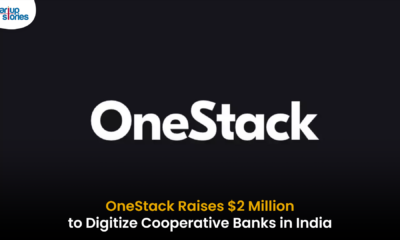

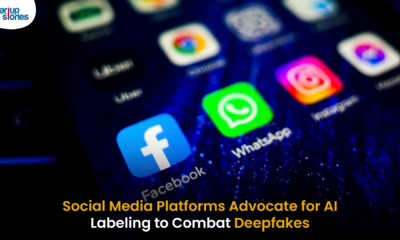







站群程序
November 6, 2025 at 7:09 pm
采用高效谷歌站群策略,快速提升网站在搜索引擎中的可见性与权重。谷歌站群
GO88
November 7, 2025 at 2:34 am
Tham gia cộng đồng game thủ tại Go88 để trải nghiệm các trò chơi bài, poker phổ biến nhất hiện nay.
谷歌蜘蛛池
November 9, 2025 at 7:20 pm
利用强大的谷歌蜘蛛池技术,大幅提升网站收录效率与页面抓取频率。谷歌蜘蛛池
MM88
November 10, 2025 at 9:49 am
Khám phá thế giới giải trí trực tuyến đỉnh cao tại MM88, nơi mang đến những trải nghiệm cá cược thể thao và casino sống động.
iwin
November 14, 2025 at 2:44 pm
iwin – nền tảng game bài đổi thưởng uy tín, nơi bạn có thể thử vận may và tận hưởng nhiều tựa game hấp
站群程序
November 14, 2025 at 3:28 pm
搭载智能站群程序,自动化搭建与管理,为SEO项目提供核心驱动力。站群程序
Kuwin
November 22, 2025 at 3:03 am
kuwin sở hữu kho game đa dạng từ slot đến trò chơi bài đổi thưởng, mang đến cho bạn những giây phút giải trí tuyệt vời.
J88
November 23, 2025 at 11:45 pm
Đến với J88, bạn sẽ được trải nghiệm dịch vụ cá cược chuyên nghiệp cùng hàng ngàn sự kiện khuyến mãi độc quyền.